Pedri is talented, but is not placed in the right position in the Spanish national team. |
But for the Spanish team, the defeat to Portugal does not mean a step back. On the contrary, it opens up an opportunity to look back, evaluate the journey and, most importantly, to put the necessary tactical bricks back in place for the bigger goal - the 2026 World Cup in the United States.
Among those things to ponder, an unanswered question stands out: Is Pedri being used properly?
Pedri and Spain's Problem
Under Luis de la Fuente, La Roja have improved significantly: they are younger, more agile and more energetic than the post-Luis Enrique version. However, if there is one point worth arguing about in the way De la Fuente has managed the team, it is his consistent use of Pedri in an advanced attacking midfield role, away from the central creative axis where he has had the greatest influence.
Pedri is not a player who runs without the ball in the final third. He is not an old-fashioned No. 10, nor is he simply a “final passer”. Pedri is the tactical heart, the one who coordinates, controls, dominates space and the rhythm of the game.
Pushed closer to the opposition goal, the Barcelona star's influence was stifled. Pedri had fewer touches on the ball, was no longer the focal point of play, and more importantly: Spain's ability to control the risks in their play was also significantly affected.
However, true talent still knows how to speak up. Against Portugal in the Nations League final, Pedri, despite not playing in his preferred position, still left a deep impression. He improved every situation the ball passed through his feet, bringing clarity, a hidden tactical order and a sense of security to his teammates.
Pedri played very hard in the match against Portugal in the Nations League final. |
52 passes, 52 accurate. Four passes that created scoring opportunities. A fine assist for Mikel Oyarzabal. These numbers are not just a reflection of efficiency, but living proof of the quality of a player who can change the course of a game with just a few touches.
So, Pedri's early substitution for Isco - in a game where he was the one creating balance and rhythm - was a cause for concern. If not for the physical factor, this decision could be considered a tactical mistake.
Pedri and Isco are not necessarily mutually exclusive; on the contrary, they can complement each other in a well-designed tactical structure. But De la Fuente’s substitutions suggest that he is still wavering between the ideal of attack and the reality of control.
Pedri's problem
And that is also one of the problems that the Spanish team still has at the moment: the lack of stability in the structure of the game control. The team has moments of explosive, fast, and inspiring play, but cannot maintain tactical stability throughout the 90 minutes.
It may have been a deliberate choice by the coach - a Spain that is open, proactive in pressing, quick to attack, and finishes early. But that style of play also comes at the expense of control - something that was the identity of "La Roja" in their peak period.
In that context, the role of players like Zubimendi becomes especially important. In the recent final, the Sociedad midfielder played maturely, intelligently, and discreetly. If Real Madrid's board were still hesitant amid transfer rumors, they must have been somewhat reassured. Zubimendi is the ideal modern midfielder: durable, decisive, and always keeping a reasonable distance between the lines.
Where to put Pedri is a problem for coach Luis de la Fuente. |
Spain’s defence, however, lacks the same balance. The right-back position – where Carvajal is expected to return to his best – is a distinct weakness, especially when faced with the speedy Nuno Mendes of Portugal. The deadly gaps on that flank leave Spain’s defence unsettled, forcing centre-backs to drift wide or be pulled out of position.
It is also worth mentioning Spain's finishing. De la Fuente's team tend to shoot a lot, but sometimes lack precision and good selection. This is not necessarily a big problem, but in a decisive match, a lack of composure and control in the box can be decisive.
In short, Spain are on the right track. But to dream of winning the 2026 World Cup, they need subtle and sensible adjustments - the most important of which is Pedri's role. When placed in the right tactical space, Pedri not only dominates the midfield, but also helps the entire system operate more stably, flexibly and with more control.
After all, genius needs to be placed in the right place to shine. And Pedri, if given the keys to the midfield, could be the solution to the control problem that De la Fuente is lacking.
Source: https://znews.vn/tay-ban-nha-dang-sai-voi-pedri-post1559408.html


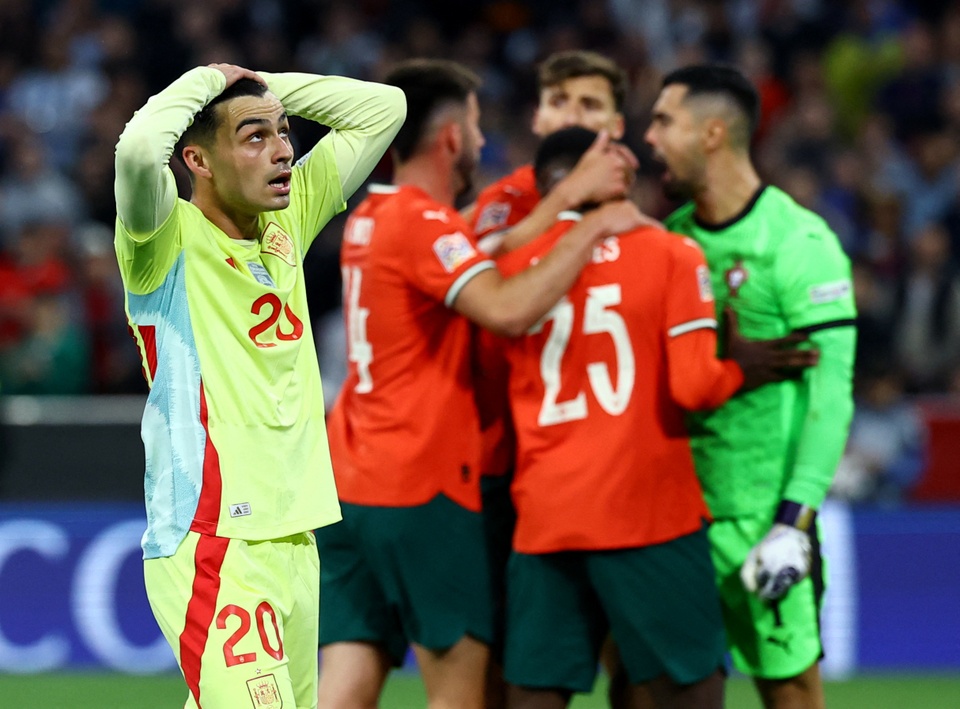
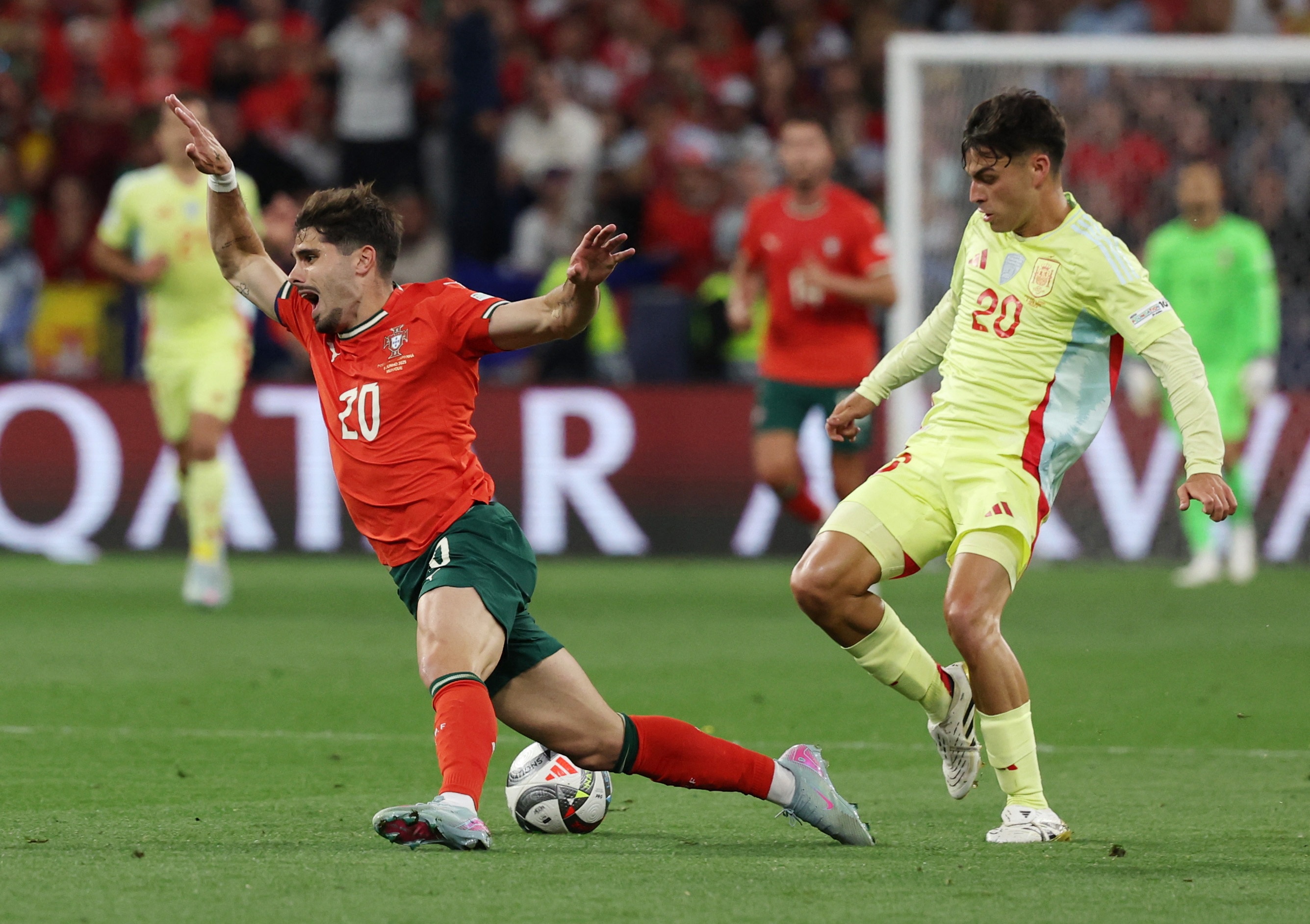
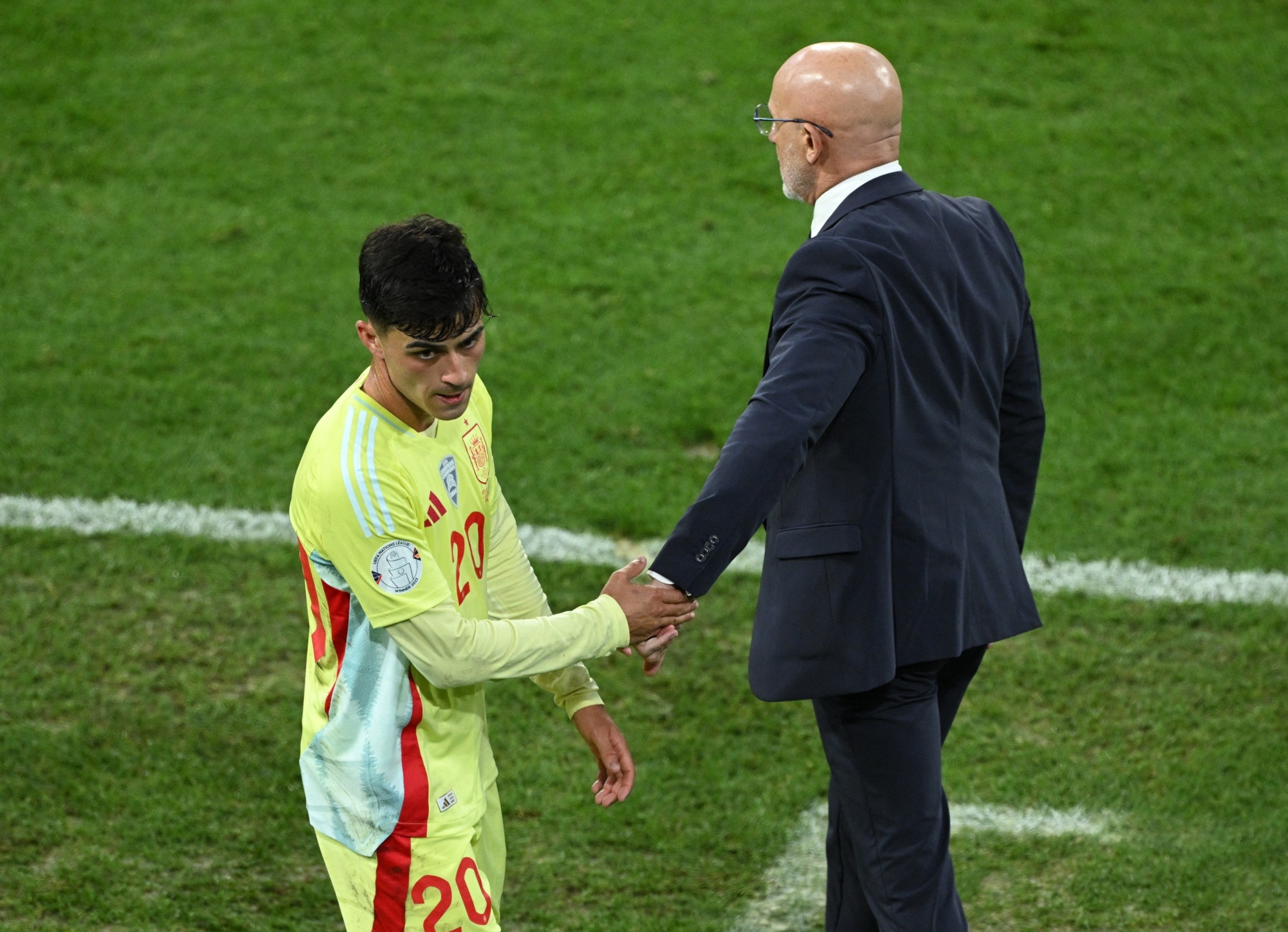









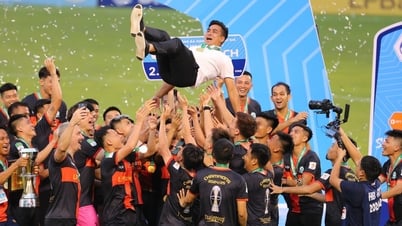









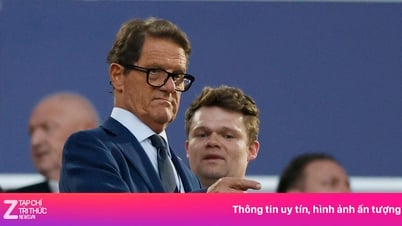




















































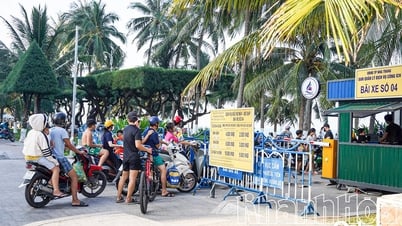

















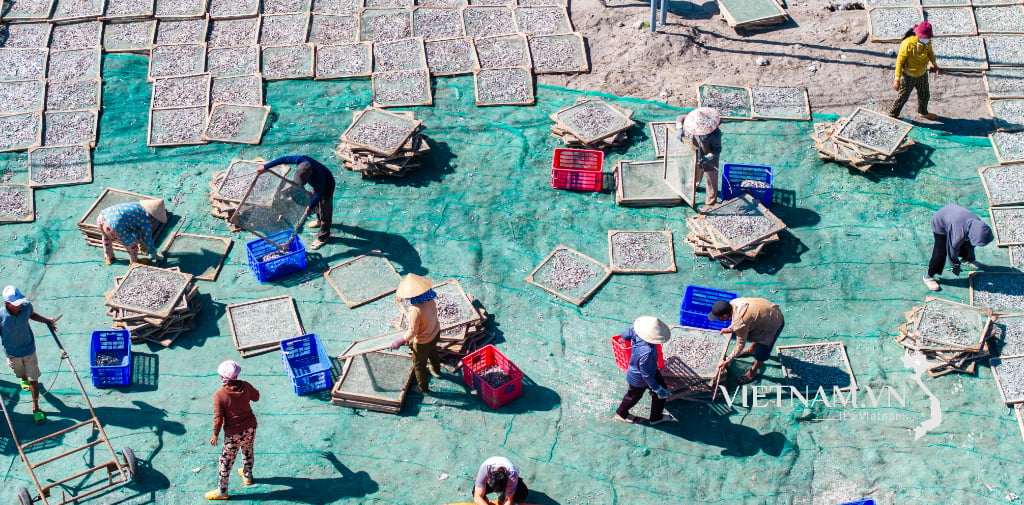

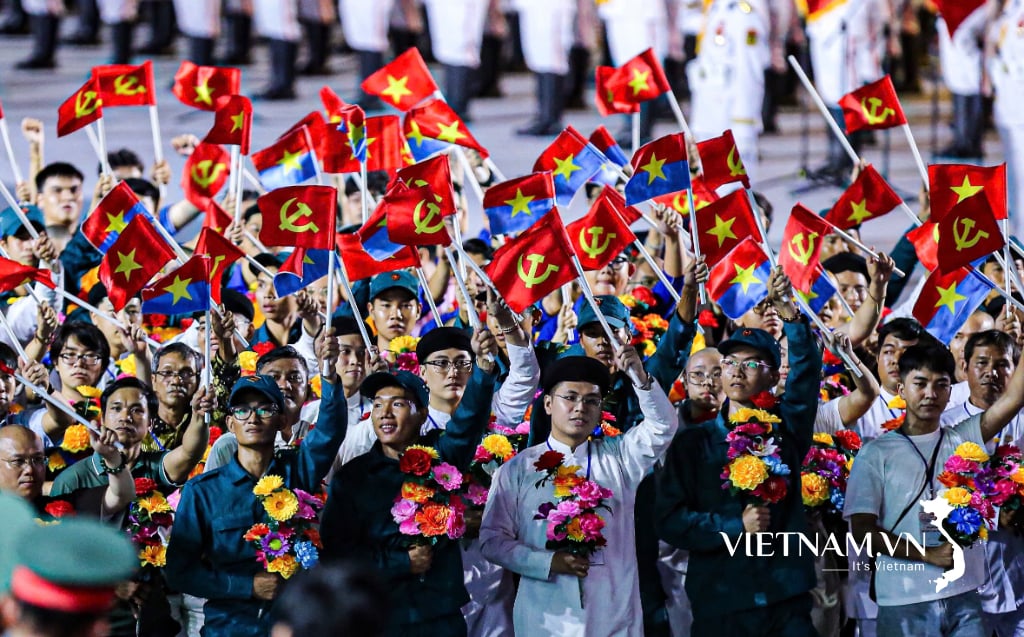
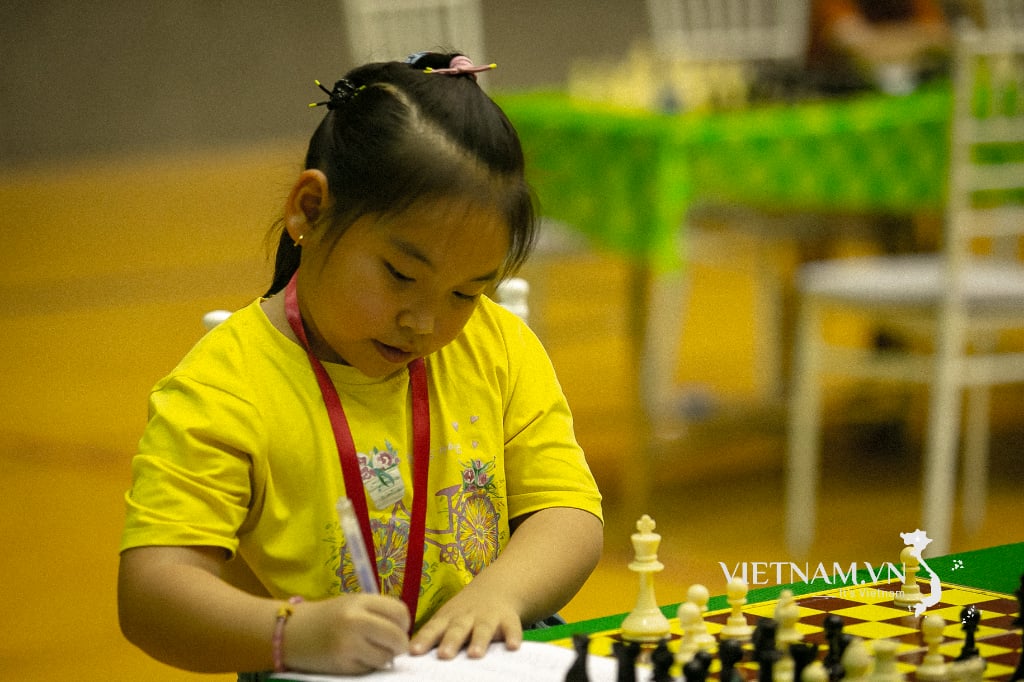
Comment (0)